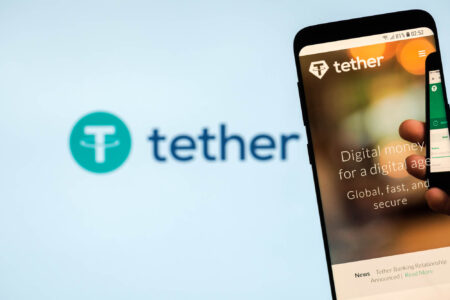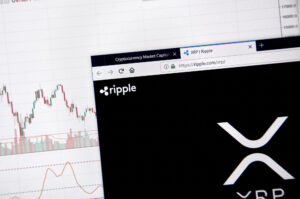A rug pull is a fraudulent practice in the cryptocurrency and decentralized finance (DeFi) markets, where the developers of a project suddenly withdraw all invested funds, causing the platform or project to collapse.
In a rug pull, the operators of a crypto project remove all capital from the project, resulting in investors losing their funds. This form of fraud is particularly prevalent in decentralized finance markets and is facilitated by anonymous teams, a lack of liquidity locks, and insufficient regulatory oversight.
How rug pulls work
Rug pulls typically occur in decentralized exchanges (DEX) or DeFi protocols. Developers attract investors with enticing promises, such as high returns or innovative use cases. Investors acquire the project's native tokens or provide capital to liquidity pools. Once sufficient capital has been accumulated, the developers withdraw all liquidity or sell off their own tokens in large amounts. This sudden removal of liquidity causes the token's price to plummet, leaving investors holding nearly worthless assets. Numerous examples of this type of scam have occurred in poorly regulated projects that gained rapid popularity on social media platforms.
Warning signs and prevention
There are several indicators that may signal a potential rug pull. One common red flag is the absence of a liquidity lock, which prevents project developers from withdrawing liquidity for a certain period. Projects with anonymous or difficult-to-trace teams are also particularly prone to this type of fraud. Additionally, investors should scrutinize the quality of the project's smart contracts: projects that lack independent audits or have obscure or inaccessible code carry higher risks. Another warning sign is overly aggressive marketing on social media, often without a solid roadmap or realistic goals. To protect themselves, investors should prioritize established and transparent projects that implement security measures such as audited smart contracts and locked liquidity.









